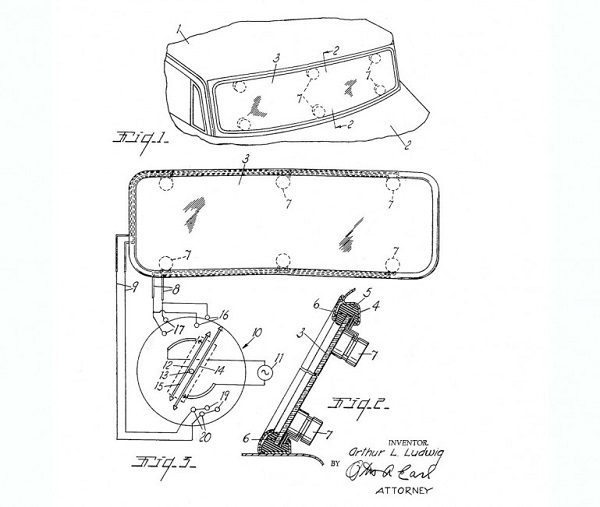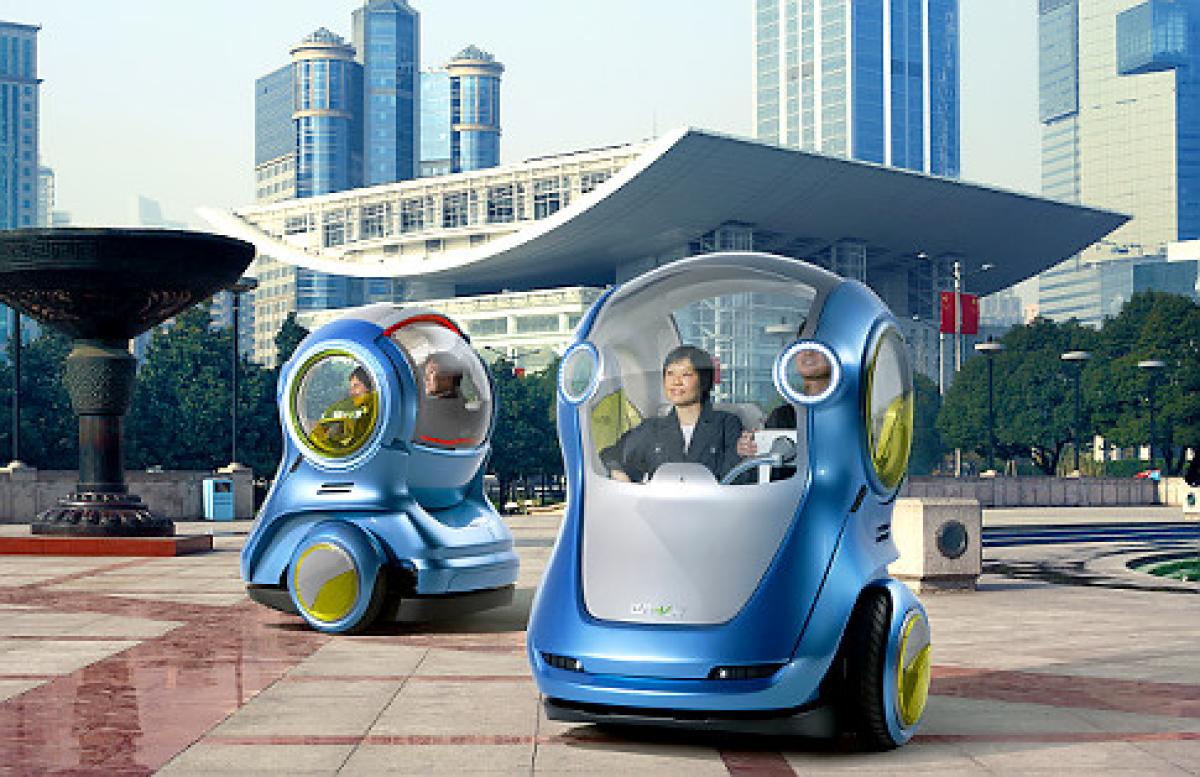While classic wipers still do a great job at keeping windshields clean, their constant movement not only obstructs our visual field, but can also be a distraction from the road, whereas McLaren’s ultrasonic force field would not
The manufacturer of what was in 1998 the world’s fastest production car, McLaren looks to innovate a detail that may seem insignificant to some, but very important, to others. Driving through torrential rain is nearly impossible, even if the driver knows the road by heart, so it should come as no surprise that windshield wipers have saved a lot of lives. McLaren’s concern to improve the wipers may not extend past their supercars any time soon, but it’s still good to see that someone’s thinking about technological progress.

McLaren’s idea of making windshield wipers based on an ultrasonic force field may seem revolutionary, but it’s really far from being the first attempt of changing how windshield wipers work. Pictured below is Arthur Ludwig’s patent of a “Windshield assembly for motor vehicles and the like” filed in 1963.

Kenro Motoda’s patent, filed in 1986, takes the concept of ultrasonic windshield cleaners even further, as detailed in the following picture. Echovista Systems Ltd continued Motoda’s work and developed an ultrasonic vaporizer that would clean windshields in an even more peculiar way. This company even determined that the most effective frequency is of 2 MHz.

The concept used by McLaren for fabricating their ultrasonic force field windshield cleaners should somehow be based on the previous designs made by Motoda and Echovista. Still, that is not to say that there’s no room for innovation in the British automaker’s design. In fact, they could make the ultrasonic wipers more effective by varying the frequency of the ultrasounds, so as to adjust to various rain drops and snowflakes. As you probably know already, no two snowflakes are the same, so melting them may require different frequencies. Secondly, there is always the option of delivering an ultrasonic shock wave from time to time, to dislocate frozen water.
Below is a video of an ultrasonic vibration transducer which, to some extent, functions similarly to the ultrasonic force field McLaren intends to implement in their cars.
Regardless of the road McLared will decide to take, their initiative of changing such a detail is extraordinary, and I hope that it will soon be followed by other car manufacturers.
If you liked this post, please check the Lamborgini Egoista and the crowdsourced 2014 Ferrari F1 car.










